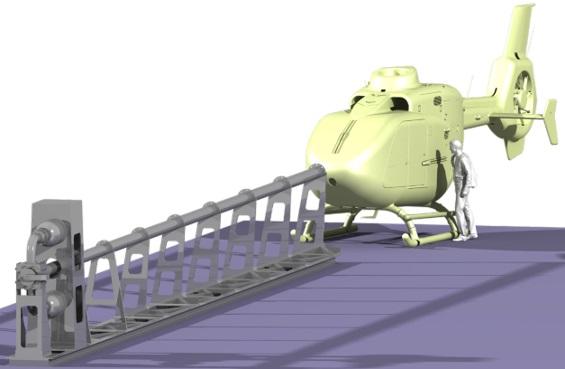
DLR’s CITE facility will be able to reproduce both bird and drone strikes for research and certification.
Credit: DLR
German aerospace center DLR plans to build a new indoor facility for full-scale crash and impact testing of helicopters and electric vertical-takeoff-and-landing (eVTOL) aircraft. The center is designed to support both research and certification testing. To be located in the Stuttgart area near DLR...
Subscription Required
This content requires a subscription to one of the Aviation Week Intelligence Network (AWIN) bundles.
Schedule a demo today to find out how you can access this content and similar content related to your area of the global aviation industry.
Already an AWIN subscriber? Login
Did you know? Aviation Week has won top honors multiple times in the Jesse H. Neal National Business Journalism Awards, the business-to-business media equivalent of the Pulitzer Prizes.





